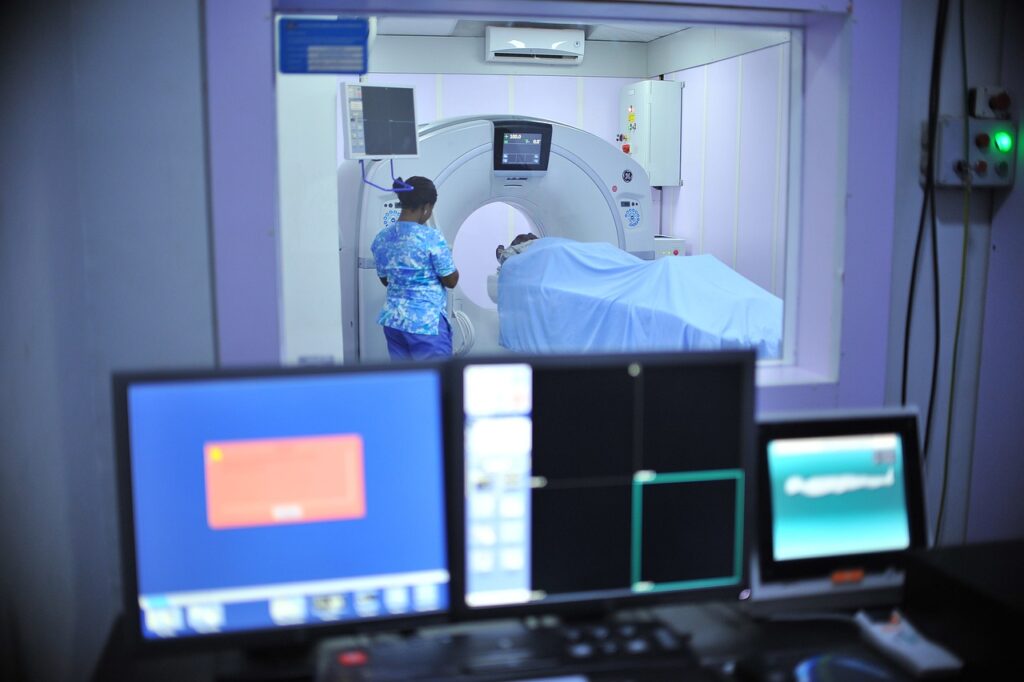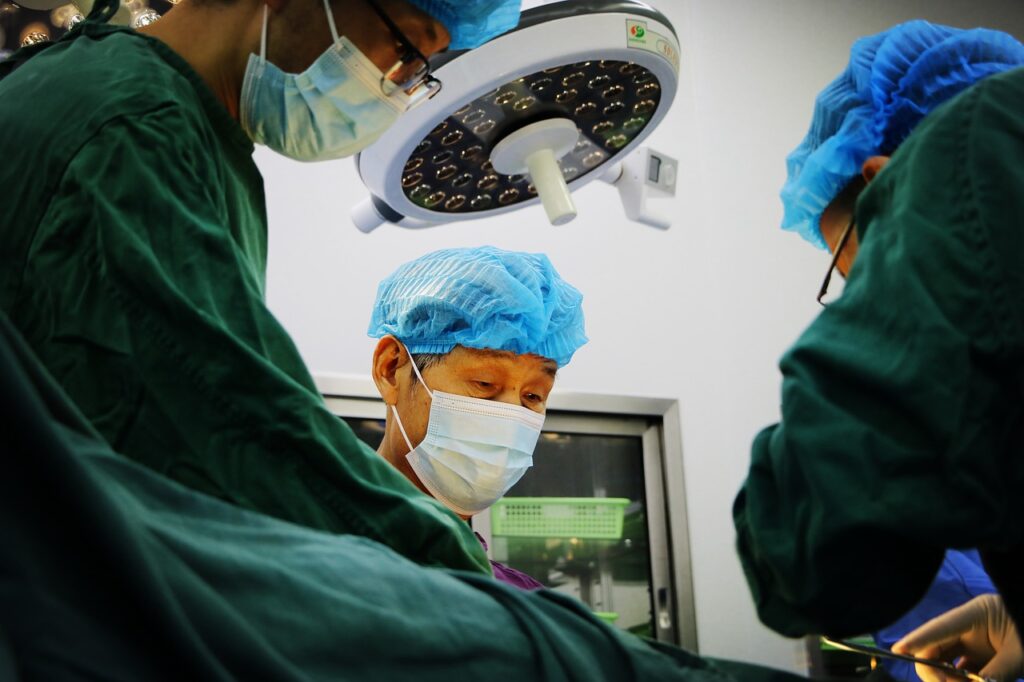What is endometriosis?
Endometriosis is common condition, but much underdiagnosed. Without an exact known cause, endometriosis is difficult to diagnose, and for sufferers a torment. Described since ancient times, this condition currently has no cure. Its symptoms are multiple, and in some cases, they are associated with other diseases, which makes it even more difficult to diagnose. In medical terms, endometriosis is the presence of stroma and glands outside the uterine cavity. It appears as lesions and nodules, is multi-colored and can be found most often in the pelvis. It is divided into superficial and deep endometriosis, and its stage does not correlate with the intensity of pain. A condition that is hardly discussed because of its connection with menstruation, endometriosis can be found in women of any age.

Menstrual pain is not Normal
If you experience severe menstrual pain, if your quality of life is impacted, contact an endometriosis specialist. For support and help you can contact us by email or Facebook. You can also find all the information you need on our website www.endoro-online.org.
Types of endometriosis
Endometriosis is a condition of the entire body, most commonly found in the pelvis.
Endometriosis is known as a gynecological pathology, but in many cases, the areas and organs affected by this disease are, in fact, extragenital. Endometriosis comes in different shapes and colors and can be found anywhere in the human body.
Endometriosis is a clinical entity that can be divided into subtypes depending on the area or organ affected. Most frequently we find it in the pelvis, at the level of the uterosacral ligaments, the bottom of the Douglas sac, intestine, ureters, bladder. We also find it in the abdomen but also in the thoracic cavity, under the name of diaphragmatic or pulmonary endometriosis.

Areas and organs affected by endometriosis
- Bowel
- Ovaries
- Urinary tract
- Diaphragm
Other types
- Pelvic nerves
- Lungs
- Abdomen
- Endometrioza abdominala

Simptoms
The main symptom of endometriosis is pain, which varies in intensity from person to person, but can also be asymptomatic.

Diagnostic
The diagnosis can be made following the anamnesis, gynecological examination and abdominal or transvaginal ultrasound.

Treatment
Therapeutic methods of endometriosis may consist of medication to relieve symptoms or surgery.
